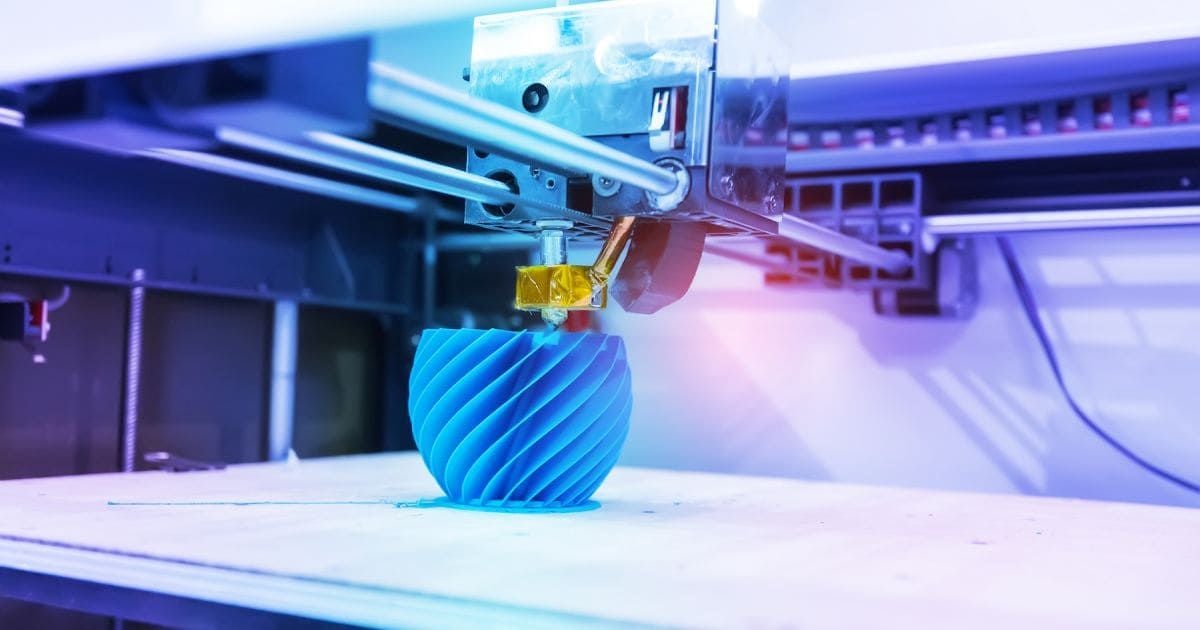Bridging the Gap: Understanding Brain-Computer Interfaces

At its core, a brain-computer interface is a direct communication pathway between the human brain and an external computing device. This technology translates the electrical signals generated by our brain into commands that can be interpreted and executed by a computer system. By harnessing the power of our neural activity, BCIs offer a new frontier in human-machine interaction, with far-reaching implications for various fields, including medicine, assistive technology, and even entertainment.
The concept of BCIs may seem like something straight out of a science fiction novel, but the underlying principles are rooted in neuroscience and signal processing. The human brain is a remarkable biological computer, composed of billions of interconnected neurons that transmit electrical impulses. These neural signals are the fundamental currency of our thoughts, emotions, and actions. BCIs are designed to capture and decode these signals, effectively translating the language of the brain into commands that a computer can understand.
There are two main types of BCIs: invasive and non-invasive. Invasive BCIs involve implanting electrodes directly into the brain tissue, allowing for a more precise and robust signal acquisition. This approach is commonly used in clinical settings, such as enabling individuals with severe motor impairments to control assistive devices or prosthetic limbs. Non-invasive BCIs, on the other hand, rely on sensors placed on the scalp or near the brain, using techniques like electroencephalography (EEG) or functional near-infrared spectroscopy (fNIRS) to monitor brain activity. While less precise than invasive methods, non-invasive BCIs are more accessible and carry fewer risks.
One of the most promising applications of BCIs lies in the field of assistive technology. For individuals with severe physical disabilities or neurological disorders, BCIs offer a gateway to regaining independence and improving their quality of life. By harnessing the power of their neural signals, they can control computer interfaces, operate wheelchairs, or even communicate through spelling programs, effectively breaking through the barriers imposed by their physical limitations.
Beyond medical applications, BCIs are also making inroads into the realm of entertainment and gaming. Imagine being able to control a video game character or navigate a virtual environment solely through the power of your thoughts. This technology not only enhances the immersive experience but also opens up new possibilities for individuals with disabilities to engage in activities that were previously inaccessible to them.
Despite the remarkable potential of BCIs, there are significant challenges that must be addressed. Signal processing and pattern recognition algorithms must be refined to accurately interpret the complex neural signals, ensuring reliable and efficient communication between the brain and the computer. Additionally, ethical considerations surrounding privacy, security, and the potential for misuse of this technology must be carefully navigated.
As with any revolutionary technology, BCIs also raise important questions about the boundaries between human and machine. Some may perceive this technology as a threat to our autonomy, while others view it as a natural extension of our capabilities. Regardless of one's stance, it is crucial to engage in open and informed discussions about the implications of BCIs, ensuring that their development and application are guided by ethical principles and a deep respect for human dignity.
In conclusion, brain-computer interfaces represent a remarkable convergence of neuroscience, engineering, and cutting-edge technology. By bridging the gap between our neural activity and digital systems, BCIs have the potential to revolutionize various aspects of our lives, from medical treatments to entertainment experiences. As this technology continues to evolve, it is essential to approach it with a balanced perspective, embracing its potential while remaining vigilant about its ethical implications. Ultimately, BCIs offer a glimpse into a future where the boundaries between human and machine are blurred, challenging us to redefine the limits of our capabilities and our understanding of what it means to be human.










